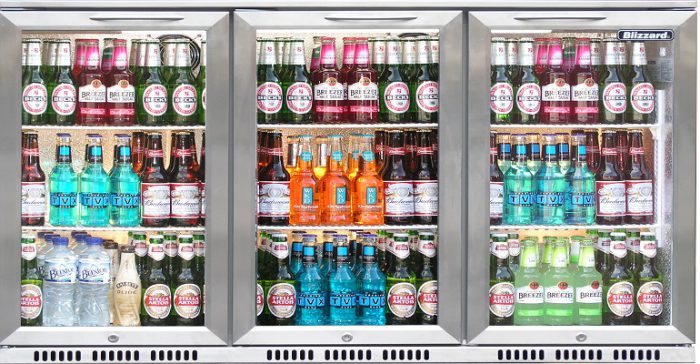Novel refrigerator turns waste heat into sound waves to cool down stuff
ZME Science, December 13, 2016
Japanese researchers have demonstrated an innovative refrigerator that employs a thermoacoustic engine to cool things down to a minimum temperature of -107.4 C. This sort of heat engines based on sound waves have been researched since the 1990s for generating clean energy but it’s only recently that they’re proving to be efficient. The ‘sound wave refrigerator’, for instance, works on waste heat alone which can be as low as 270 degrees C.
A thermoacoustic (TA) engine‘s operating principle is centered around the heating, cooling, and oscillation of gases enclosed in dedicated cavities. Typically, helium is used.
Your everyday Stirling engine works by shifting cool air to a hot heat exchanger. As the air is heated, it expands driving some kind of machinery. This hot air then comes in contact with a cold heat exchanger, contracting and yet again turning the piston, for instance. The TA engine is a variation of the Stirling engine with some key distinctions. For one, the TA doesn’t use moving parts at all. Instead, gas is pushed around by momentum in the form of sound waves.
A normal refrigerator, on the other hand, has loads of moving parts which limit its efficiency. To keep your food optimally cold, a refrigerator first pumps a refrigerant from outside the unit into a compressor. The high pressure generates a lot of heat which is lost to the ambient air and, as a result, the gas condenses into a liquid. The liquid, which still under a lot of pressure, is then passed through a series of valves that moves the agent from high pressure to low pressure. Yet again the refrigerant undergoes a phase change, this time from liquid to gas. The gas expands rapidly — this is very cold gas now, which is pushed up into metal coils inside of the fridge.
Thermoacoustic compressors, however, dispense with many of these mechanical parts. Instead of mechanical compressors, loud sound waves at resonant frequencies can just as well generate compression of the gas. The process is theoretically more efficient, and refrigerations would no longer require special refrigerants which are damaging to the environment and human health like the chlorofluorocarbons or ammonia.
Though the technology is thought to be very promising, several limitations have kept consumers away. One of the main problems is that previous designs required operating temperatures in excess of 500 degrees Celsius. The designs couldn’t be scaled very well for most applications like heavy industrieseither.
